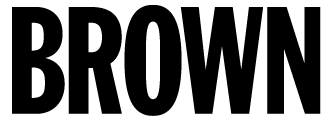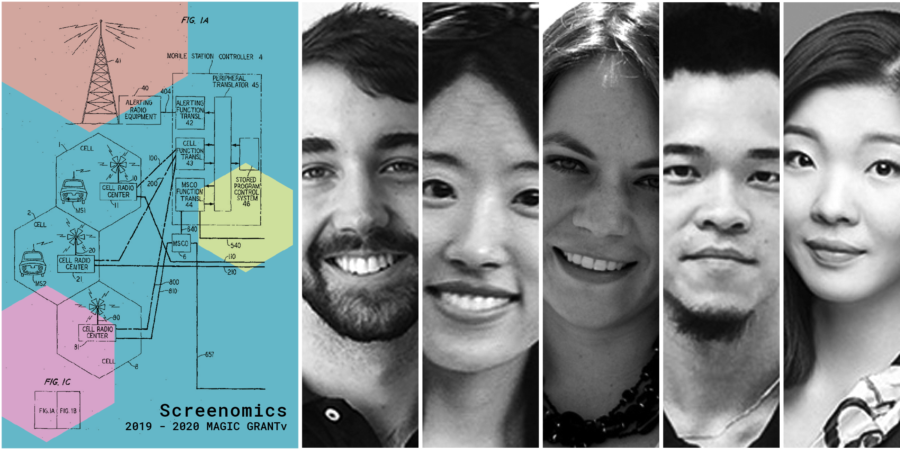This post is part of a series of profiles of our current 2019-20 Magic Grants. It gives us an opportunity to brag about the great work being done by our grantees, and also to encourage you to consider applying for one of next year’s grants! Funding could start as early as July 1, depending on your needs. Read about the proposal process on our web site — applications are due May 15.
The “quantified self” was a movement that tried to flip the use of technologies that collect data about how we spend our day — from the places we visit to the food we eat — and instead apply them to help us live healthier lives. The term was coined by Gary Wolf and Kevin Kelley, editors at WIRED magazine, who referred to the process as “self knowledge through numbers.”
Among the projects funded as 2019-20 Magic Grants, the Screenomics Interactive Dashboard follows a similar line of reasoning to the quantified self. Ah, but with so much of our lives lived through apps on our mobile devices today, the logical place to understand our behaviors is through screen time. Screenomics helps us understand our smartphone usage patterns and provides us with a “self-diagnostic tool”.
It’s a little reminiscent of what Apple’s Screen Time app is attempting to do, but Screenomics was designed to address specific questions about modern smartphone usage that are of interest to social scientists studying what all our screen time amounts to — including the Stanford-based Magic Grant Team of Dan Muise, Jihye Lee, Katie Roehrick, Mu-Jung Cho, and Yingdan Lu.
For example, the team is studying how we switch between tasks, a process they describe as bursty. “If you’re checking your Instagram in five-minute bursts throughout the day, is that really better or worse [for you] than a one hour burst every day?” asks Dan Muise, a PhD student on the team. What does “better” mean? Improved personal productivity? Mental health? “Yes, yes, and yes,” Dan replied.
Screenomics is designed first and foremost for individuals to understand their own smartphone usage patterns. That information will be provided on a web app linked to a user’s account. Unlike many of the tracking tools produced for the quantified self movement, it can also be used by researchers, assuming the user expressly grants permission to access their data from the outset.
Rather than just report “You were on Facebook five hours a day,” Muise hopes that the app will be able to give you actionable advice about the way you interact with your phone. This advice would be science-backed, stemming from the data that comes from those who opt-in to contribute to the research. The app is set to be beta sometime in June.
Since its inception, the Brown Institute has funded over 150 people across more than 50 projects. It has funded the creation of data sets and new database technologies to support journalism (Data Share, Democracy Fighters), editing tools that simplify audio and video production (RoughCut, Synthesizing Novel Video from GANS), and significant stories exploring new modes of expression through data visualization and immersion (We Can, 1000Cut). Read more about our projects on our website browninstitute.org.
Do you have an idea for a story, a new entrepreneurial venture, or a technology advance like Screenomics? Consider applying for a 2020-21 Magic Grant! Read about the proposal process on our web site — applications are due May 15.

